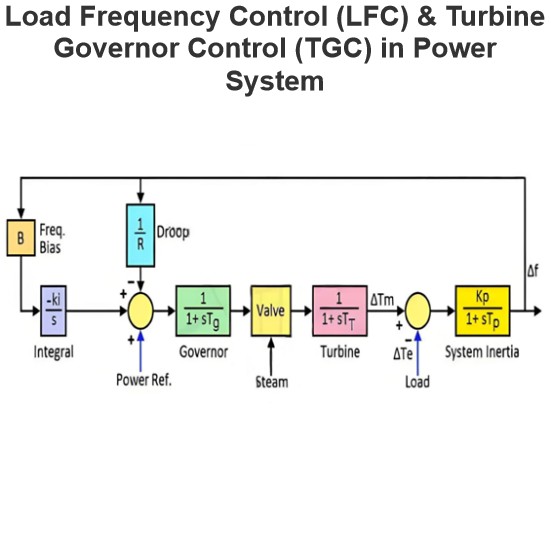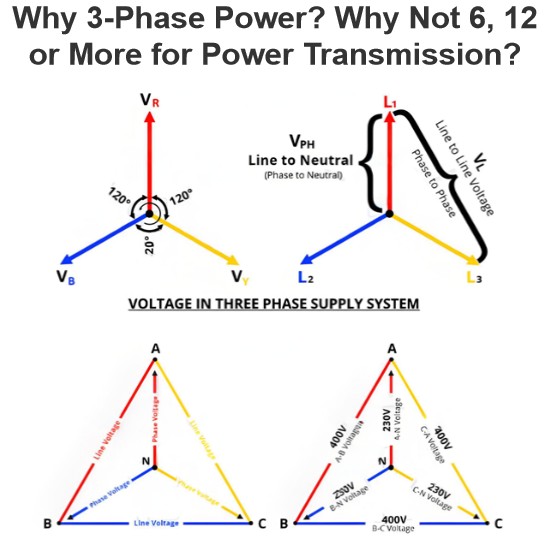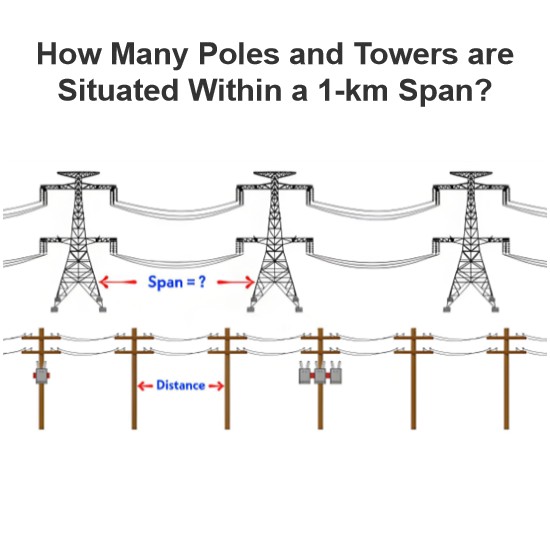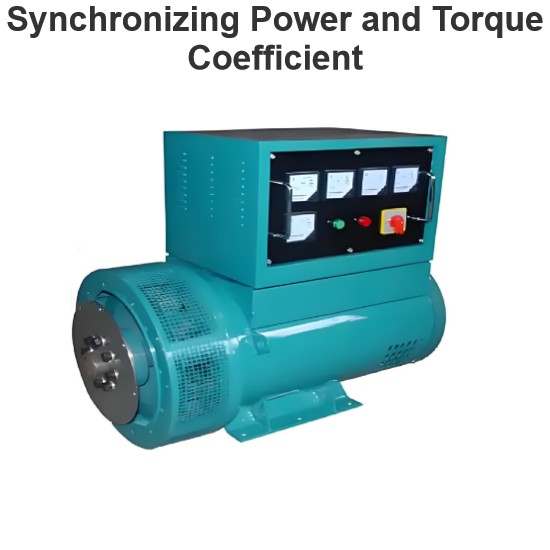Advantages & Disadvantages of 50 Hz and 60 Hz Frequency Power Supply
Comparative Analysis of 50 Hz and 60 Hz Power Supply Frequencies
In the realm of electrical power systems, the choice of supply frequency significantly impacts various aspects of equipment performance, cost, and operational efficiency. Notably, North American countries such as the United States and Canada predominantly utilize a 60 Hz power supply frequency, whereas the United Kingdom, European Union, and numerous other nations adhering to International Electrotechnical Commission (IEC) standards rely on a 50 Hz frequency. This article delves into the distinct advantages each frequency offers over the other.
Advantages of 50 Hz Power Supply
Lower Equipment Cost
Electrical equipment engineered for 50 Hz systems typically comes at a lower price point compared to its 60 Hz - counterparts. The reason lies in the reduced quantity of copper and iron required during the manufacturing process. With less material consumption, both material procurement costs and overall production expenses are minimized, making 50 Hz equipment more cost - effective for large - scale implementation.
Reduced Core Losses
When operating at the same voltage level, 50 Hz systems exhibit lower core losses in transformers and other magnetic - based electrical equipment. These diminished losses translate into enhanced energy efficiency, as less electrical energy is dissipated as heat. Lower heat generation not only improves the performance of the equipment but also reduces the need for elaborate cooling mechanisms, contributing to further cost savings and reliability.
Longer Equipment Lifespan
Electrical devices designed for 50 Hz power systems tend to enjoy a longer operational lifespan. The lower frequency results in less mechanical and electrical stress on the equipment components. Over time, this reduced stress minimizes wear and tear, thereby extending the service life of the equipment and reducing the frequency of replacements and maintenance requirements.
Superior Power Transmission
50 Hz systems are particularly well - suited for long - distance power transmission. They experience less line loss, which is the dissipation of electrical energy as it travels through transmission lines. Lower line losses mean that a higher percentage of the generated power reaches the end - users, improving the overall efficiency of the power grid and reducing the need for additional power generation to compensate for losses.
More Efficient Electric Motors
Electric motors designed for 50 Hz systems often demonstrate higher efficiency levels. At this lower frequency, motors can generate the same amount of mechanical power with a reduced amount of electrical current. This decreased current requirement leads to lower energy consumption, translating into cost savings for end - users and contributing to a more sustainable power usage model.
Advantages of 60 Hz Power Supply
Smaller and Lighter Equipment
Electrical equipment tailored for 60 Hz systems generally features a more compact and lightweight design. The construction of 60 Hz equipment typically requires fewer wire turns, enabling the production of smaller - sized transformers and motors. This reduced size and weight not only facilitate easier installation and transportation but also open up possibilities for more space - efficient electrical system designs.
Higher Motor Speeds
Electric motors operating on a 60 Hz power supply can achieve higher rotational speeds compared to their 50 Hz counterparts. This characteristic is highly advantageous in applications such as air conditioning and refrigeration systems, where higher motor speeds are crucial for achieving optimal cooling performance and energy efficiency.
Enhanced Arcing Performance
At identical voltage levels, 60 Hz systems offer superior arc suppression capabilities. Effective arc suppression is of paramount importance from a safety perspective, as electrical arcs can cause extensive damage to equipment, trigger fires, and pose significant risks of electrical shock. The better arcing performance of 60 Hz systems helps mitigate these hazards, ensuring safer operation of electrical installations.
Improved Audio Quality
Audio systems designed for 60 Hz power supplies often deliver enhanced sound quality. The higher frequency enables more effective filtering of unwanted noise and interference, resulting in clearer, more pristine audio output. This makes 60 Hz - compatible audio equipment a preferred choice for applications where high - fidelity sound reproduction is essential.
Regional Compatibility in North America
In North American countries like the United States and Canada, 60 Hz is the established standard power supply frequency. Adopting a 60 Hz system in these regions ensures seamless compatibility with existing electrical infrastructure. This simplifies the integration of new equipment and systems, reducing the complexity and cost associated with infrastructure upgrades.
Comparative Overview of 50 Hz and 60 Hz Frequencies
1.Motor Speed: A motor operating on a 60 Hz power supply runs at a speed 20% higher than when powered by a 50 Hz supply.
2.Equipment Cooling: Machines benefit from better cooling at 60 Hz due to the direct relationship between speed and frequency, which enhances heat dissipation.
3.Torque Output: Motors exhibit higher torque at 50 Hz compared to 60 Hz, making 50 Hz more suitable for applications requiring high - torque performance.
4.Bearing Lifespan: The lifespan of bearings is shorter in 60 Hz systems, as the higher rotational speeds lead to increased mechanical stress.
5.Equipment Size: Electrical machines tend to be physically larger in 50 Hz systems compared to their 60 Hz equivalents, due to differences in design requirements.
6.Power Factor: For the same machine, a 50 Hz power system typically has a slightly higher power factor, indicating more efficient power utilization.
7.Power Losses: 50 Hz power systems reduce both constant and variable power losses in electrical machines, contributing to overall energy savings.
8.Noise Generation: 60 Hz systems produce more humming noise, which can be a consideration in noise - sensitive environments.
9.Conductor Requirements: A 60 Hz system operating at 120V necessitates larger - sized conductors compared to a 230V, 50 Hz system, impacting installation costs and space requirements.
10.Corona Losses: 50 Hz power systems experience lower corona losses, which are the electrical discharges that occur when the electric field around a conductor exceeds a certain threshold.
11.Insulation Requirements: 60 Hz systems generally demand more insulation due to the higher electrical stress associated with the higher frequency.
12.Overall Efficiency: Electrical machines tend to exhibit greater overall efficiency in 50 Hz systems, making them a more energy - efficient choice in many applications.
The Electricity Encyclopedia is dedicated to accelerating the dissemination and application of electricity knowledge and adding impetus to the development and innovation of the electricity industry.













